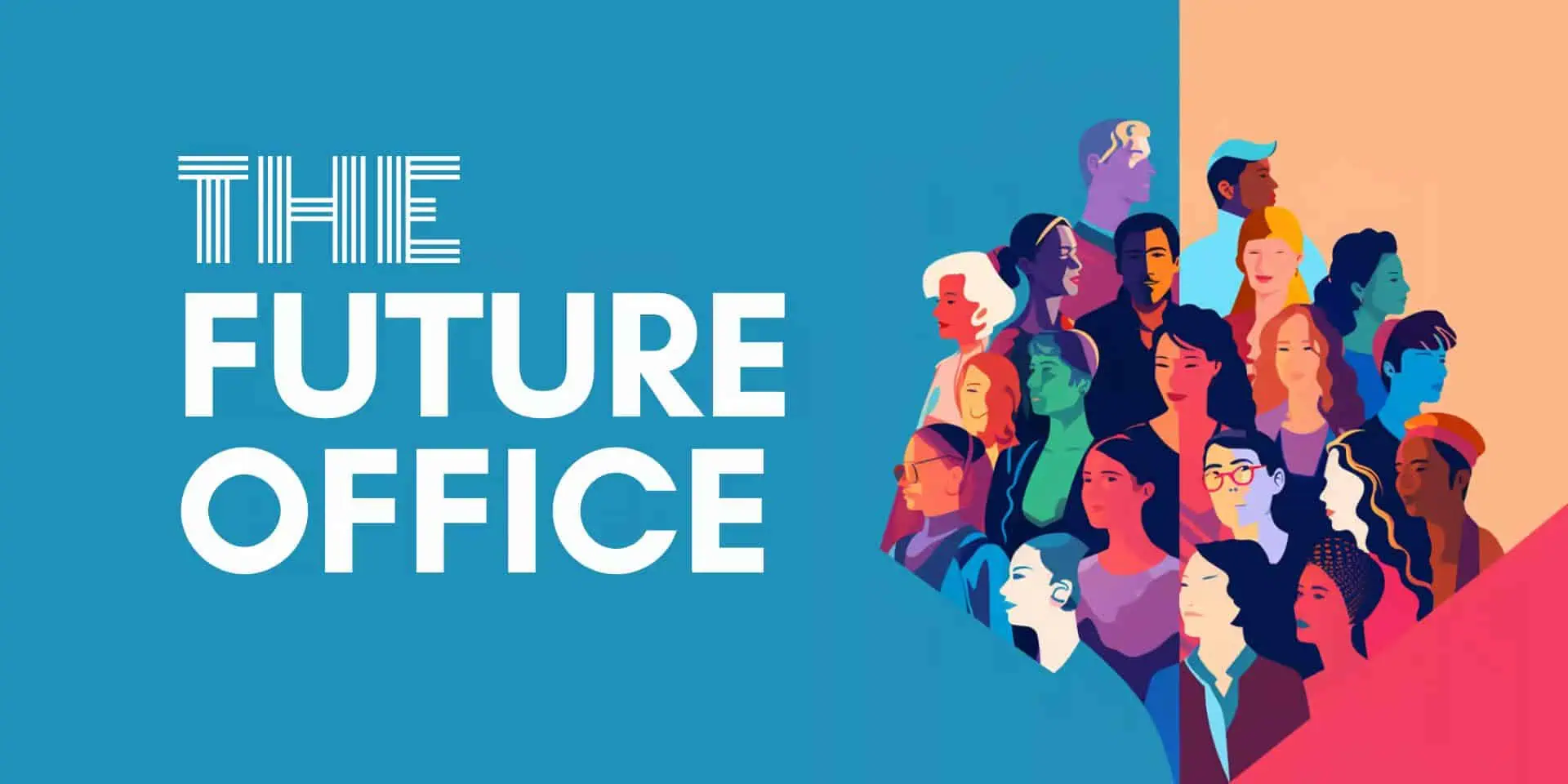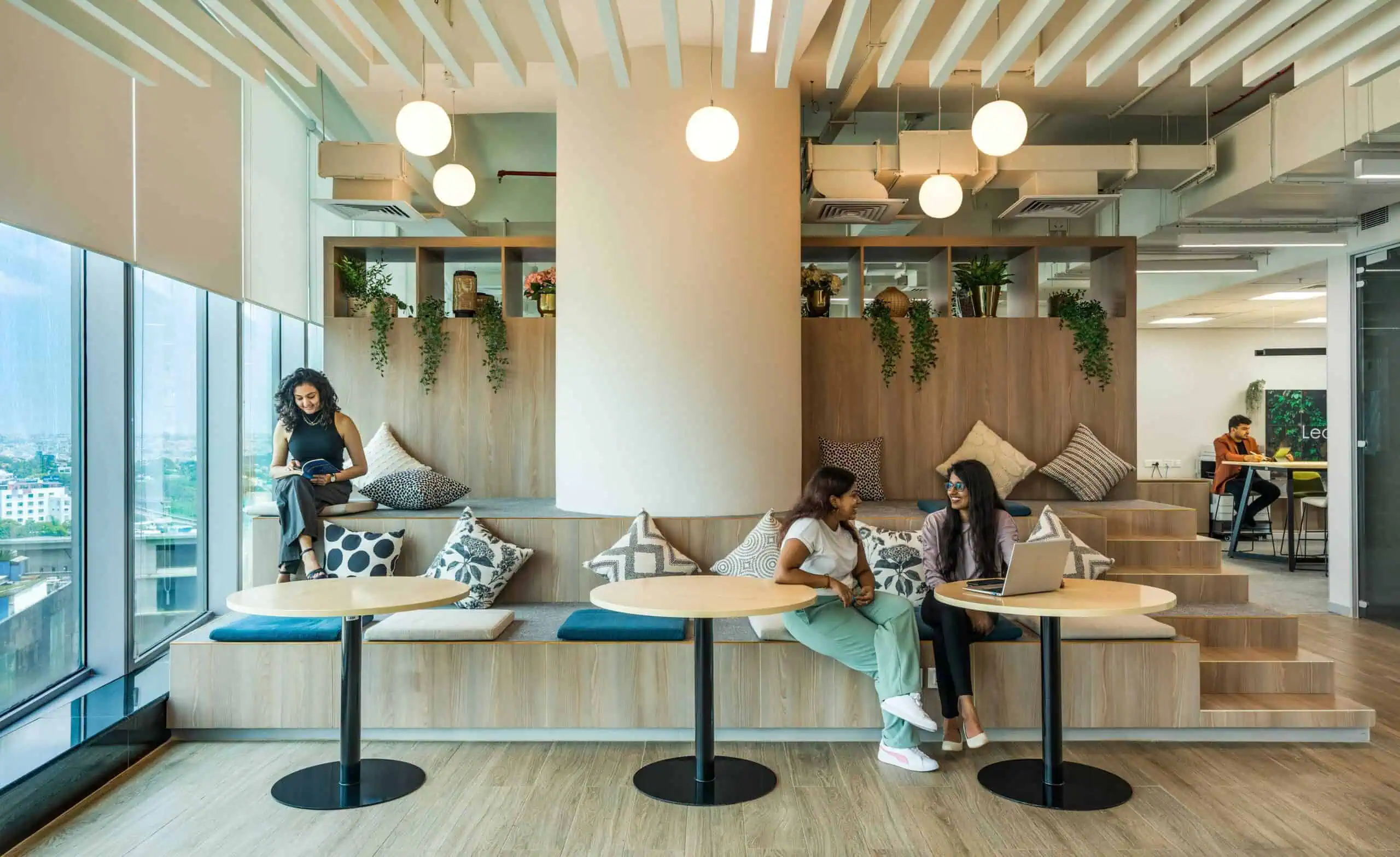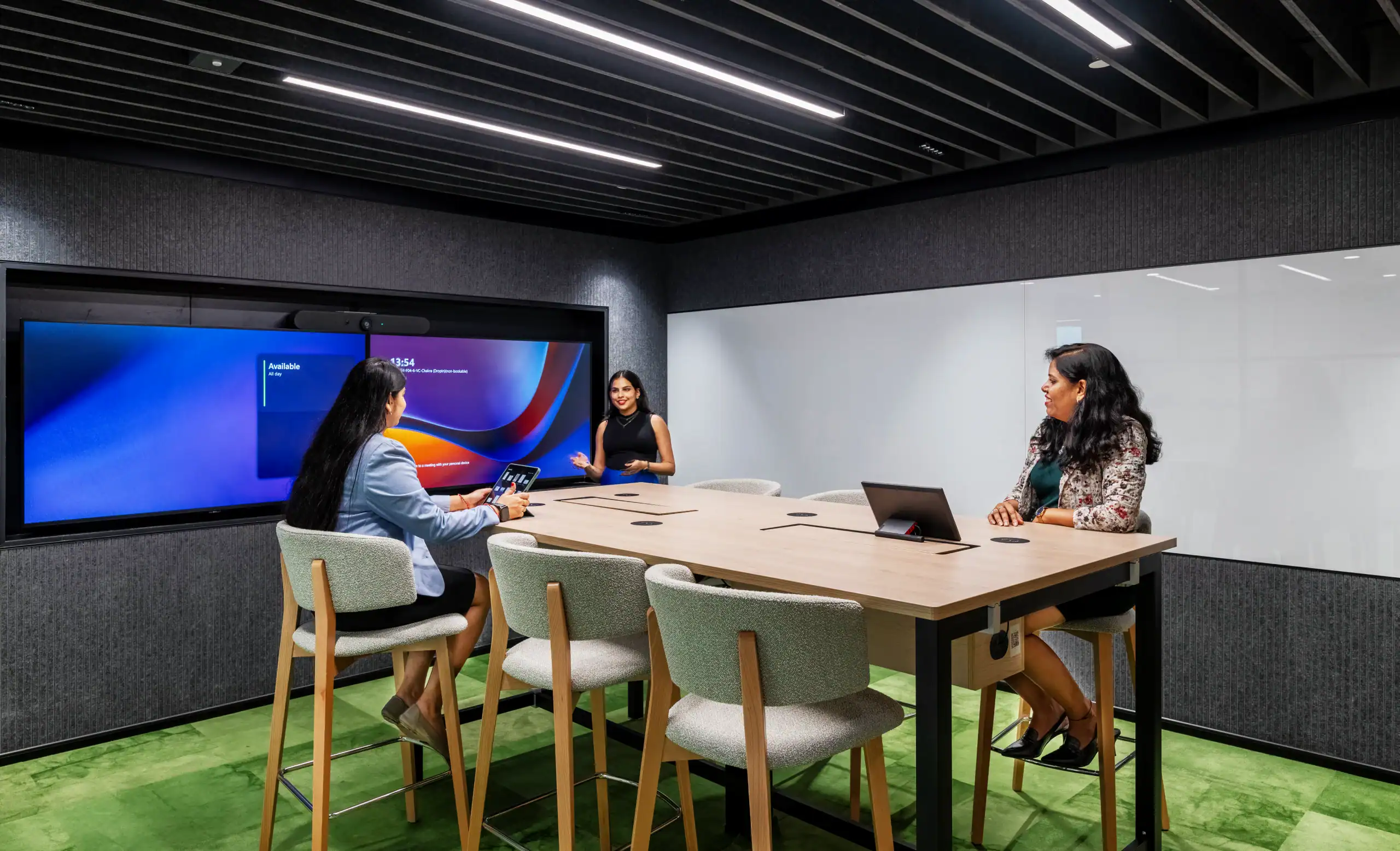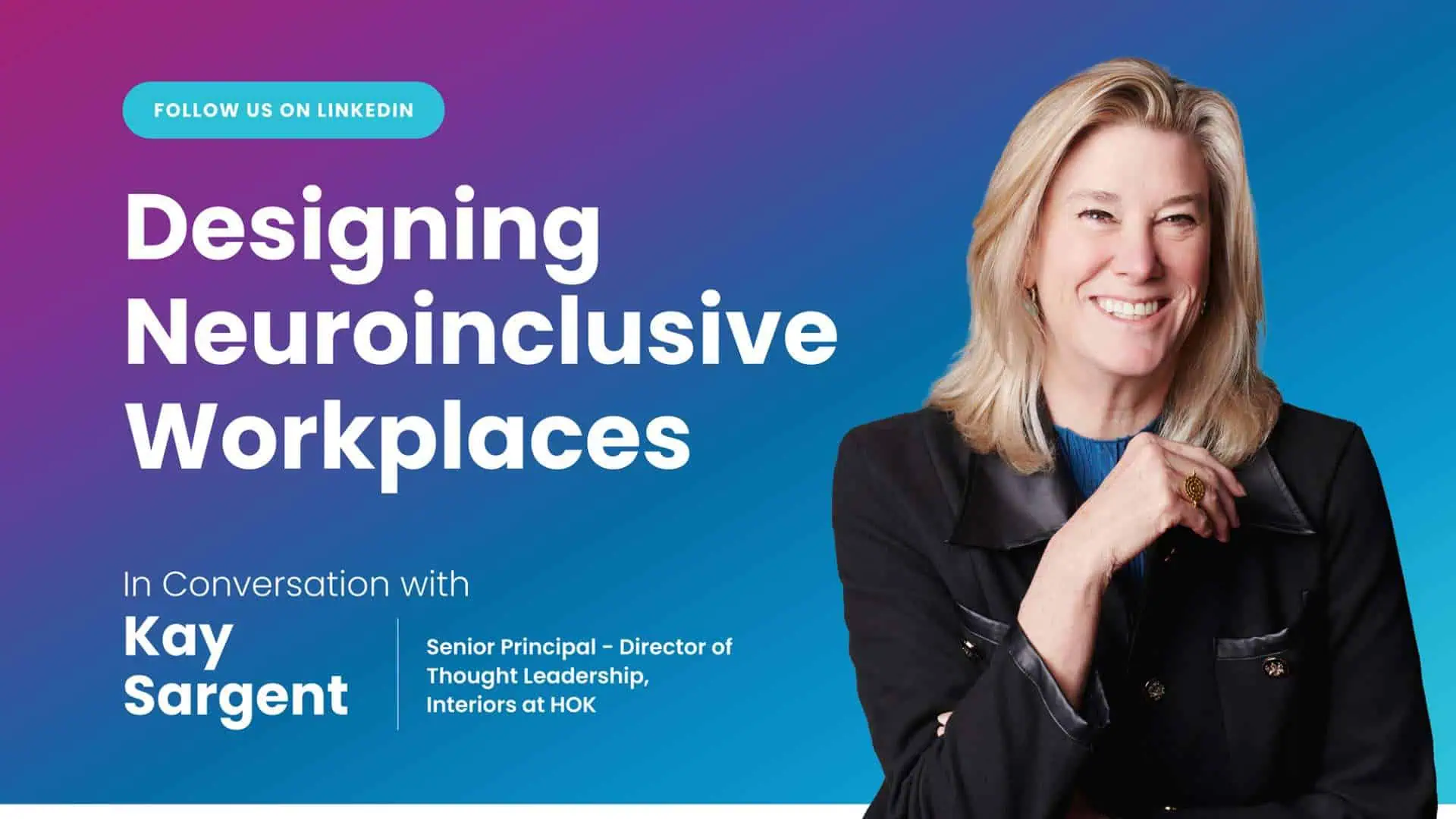The words diversity and inclusion have been gaining impetus than just topics of worth and more as standard policies in more than 70% of the global enterprises, especially in developing economies. In today’s diverse world, embracing every individual irrespective of their gender or lifestyle choice isn’t just about doing what’s right; it’s also a smart business move. Research shows that companies that prioritize diversity and inclusion tend to be more innovative, productive, and attractive to top talent. To stay competitive, businesses are increasingly adopting inclusive-language practices and other auxiliary efforts to draw in a broader and more diverse pool of employees. Inclusive workplaces are more attractive to a wide range of candidates, including those who identify as LGBTQ+ or from diverse gender backgrounds.
Understanding the Importance of Inclusive Workplaces for Every Individual
Consider an employee enduring a daily struggle in an unwelcoming workplace. Their management disrespects their work style, their ideas face constant rejection, and they frequently contend with interruptions in meetings. In addition, a lack of diversity in senior leadership raises concerns about career advancement opportunities. These cumulative experiences lead to a growing sense of alienation, prompting the employee to seek a more inclusive work environment elsewhere. Although senior leaders observe issues like burnout, increased sick leave, and “quiet quitting,” they’re often unaware of the underlying reasons. By gaining insight into employee needs and priorities, organizations can develop cost-effective strategies to foster workplace inclusivity.
Understanding the importance of inclusive workspaces for individuals within the gender and lifestyle spectrum is crucial. An inclusive workplace not only acknowledges but also celebrates the unique experiences and perspectives that each individual brings. It fosters a sense of belonging, respect, and value for all employees, regardless of their gender and social background.
In designing such spaces, we must consider factors like privacy, safety, flexibility, and representation to ensure that everyone feels comfortable and accepted. Equality, innovation and productivity are only some of the satisfactory end-products of realigning the workplace design process towards gender inclusivity. A study published in the Harvard Business Review suggests that diverse teams are more innovative and creative, leading to increased productivity and problem-solving capabilities.
Evaluating Current Workspace Practices and Identifying Areas for Improvement
It is essential to consider fostering a diverse and inclusive workspace as a strategic advantage. And the vantage point of the strategy requires us to evaluate our current workspace practices and identify areas for improvement which include:
-
- Diversity and Inclusion Training: Implement mandatory diversity and inclusion training for all employees, including managers and leaders. This training should focus on respecting different working styles, reducing biases, and promoting inclusive communication.
-
- Inclusive Meeting Practices: Develop guidelines for inclusive meetings. Encourage active listening, and ensure that everyone has an opportunity to speak. Address interruptions and foster a culture where all ideas are valued.
-
- Diverse Leadership: Commit to diversifying leadership. Set targets and establish mentorship programs for underrepresented employees. This sends a clear message about advancement opportunities.
-
- Employee Resource Groups: Create or support employee resource groups (ERGs) that cater to various demographics, including LGBTQIA+, women, people of color, and more. These groups provide a platform for employees to connect, share experiences, and offer insights.
-
- Inclusive Promotion and Hiring: Ensure that recruitment and promotion processes are unbiased. Implement strategies to actively recruit from underrepresented groups, and create clear pathways for career progression.
-
- Regular Employee Surveys: Conduct regular surveys to gauge employee satisfaction and identify areas of concern. Encourage open and anonymous feedback to uncover any unspoken issues.
-
- Flexible Work Arrangements: Implement flexible work policies, such as remote work options or flexible hours, to accommodate different working styles and personal needs.
-
- Zero-Tolerance for Discrimination: Establish a zero-tolerance policy for discrimination or harassment based on any characteristic, including race, gender, sexual orientation, religion, or dietary preferences.
-
- Leadership Accountability: Hold leaders accountable for fostering an inclusive environment. Include diversity and inclusion goals in their performance evaluations.
-
- Transparency and Communication: Be transparent about the organization’s diversity and inclusion efforts. Regularly communicate progress and setbacks to show commitment to the cause.
-
- Mentorship and Sponsorship Programs: Develop mentorship and sponsorship programs to help diverse employees access guidance and opportunities for career advancement.
-
- Flexible Leave Policies: Provide flexible leave policies that allow employees to address personal or family needs without fear of repercussions.
-
- Accessibility Initiatives: Ensure that the physical workplace is accessible to employees with disabilities. This includes ramps, elevators, and braille signage. Refer our report https://www.zyeta.com/research-insights/designing-for-neurodiversity-all-together-now for more details on how physical workplaces can be made more inclusive.
-
- Feedback Mechanisms: Create a structured way for employees to report concerns and offer suggestions. This can include a confidential hotline or a designated ombudsman.
- Celebrating Diversity: Celebrate and promote cultural and diversity awareness events within the workplace, such as LGBTQIA+ Pride Month or showcasing solidarity.
Remember that workplace policies should be continuously evaluated and refined to ensure they align with the evolving needs and expectations of your diverse employee base. Creating an inclusive environment is an ongoing commitment that requires leadership support and active engagement from all employees. This and more will be covered in Part 2 of the Pride in Planning Blog Series.
Related Reads:
An Introduction to All-Inclusive Design
How Inclusivity Will Bring Out the Best in Your Organization









